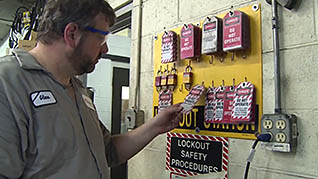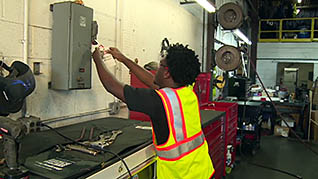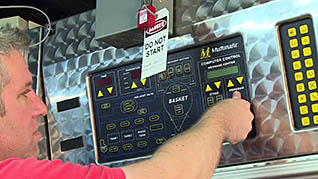Course Overview
While powered equipment and machinery makes our jobs easier, enabling us to do things we would be unable to otherwise, they can also pose serious dangers to our wellbeing. For example, injuries can occur when someone powers on a piece of equipment without realizing someone else is working on it. To prevent situations like this from occurring, OSHA has created the Lock-Out/Tag-Out standard, which governs how to safely set up, repair, and maintain powered equipment. The idea behind Lock-Out/Tag-Out is simple; to disable a machine while it is being serviced by isolating it from its energy source. To do this, locks, tags, and other mechanisms are placed on energy isolation devices such as electrical switchboxes and valves. Learn more about these energy isolation devices here. You will also learn about the actual Lock-Out/Tag-Out procedures, including when they should be used. This video specifically covers electrical, hydraulic, and pneumatic systems, their dangers and how to dissipate stored energy before working. Utilize the information presented here to prepare employees to safely work with equipment at work.
Key Audience
Course Topics
Course Detail
Time
Languages
video format
captions
Resources
Lessons
Remediation
Bookmarking
Feedback
Microlearning



